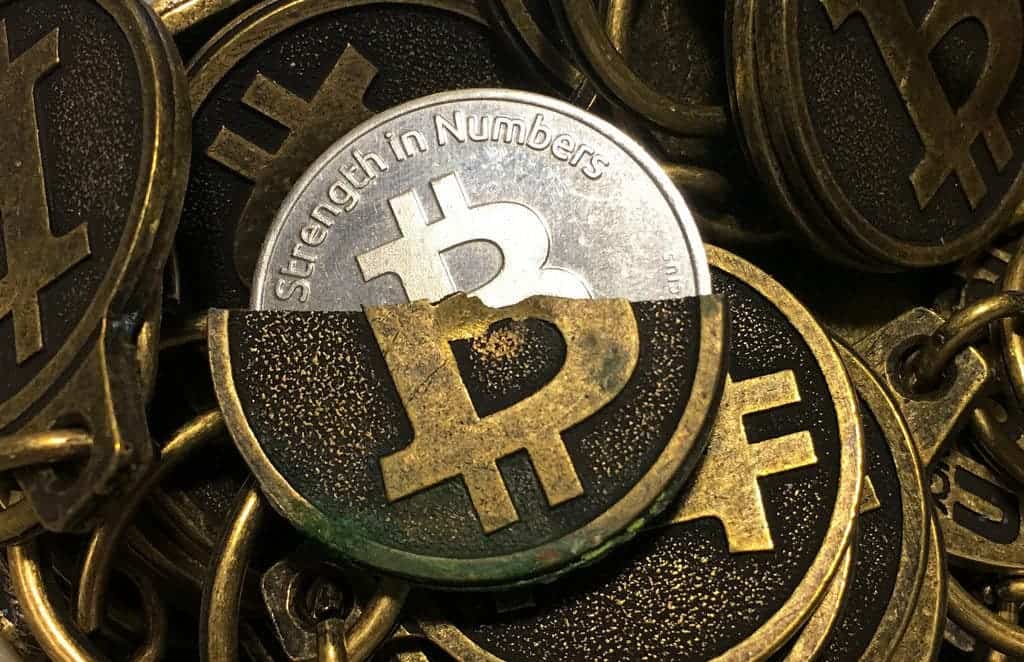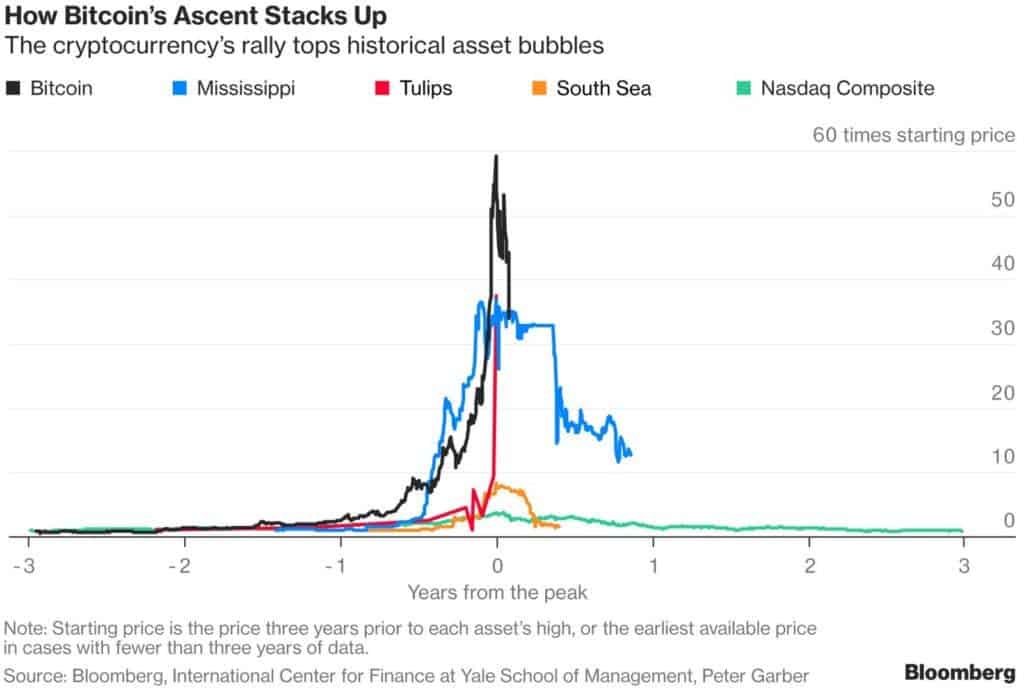A new paper comes to raise a lot of warning signs regarding cryptocurrencies — in short, the paper shows how one person fraudulently raised the price of Bitcoin (BTC) from $150 to more than $1,000 in two months through fake transactions run by two bots.

Many have hailed cryptocurrencies as a way for people to take back control of their money from incompetent or corrupt governments. Judging by all the attention Bitcoin has been getting lately, and the dizzying heights of value each ‘coin’ has peaked at, those people’s hopes would seem to have been validated.
However, not all is as it seems regarding cryptocurrencies, a new paper reports.
Ethereal money, make-believe value
“This paper identifies and analyzes the impact of suspicious trading activity on the Mt. Gox Bitcoin currency exchange, in which approximately 600,000 bitcoins (BTC) valued at $188 million were fraudulently acquired,” the researchers wrote.
“During both periods, the USD-BTC exchange rate rose by an average of four percent on days when suspicious trades took place, compared to a slight decline on days without suspicious activity. [This] activity likely caused the unprecedented spike in the USD-BTC exchange rate in late 2013, when the rate jumped from around $150 to more than $1,000 in two months.”
The authors report that most instances of price manipulation were possible simply because cryptocurrency markets were “very thin” — meaning they had few buyers and sellers. The authors explain that despite the huge increase in capitalization these markets experienced (take BTC’s soaring rise in 2013 for example), they remain very thin. Since the period of the study (2013), the number of cryptocurrencies increased from 80 up to 843 today, and the majority of markets remain thin and “subject to price manipulations”.
Mt. Gox is a prime example of how such price fluctuations can be induced in cryptocurrency markets. By 2013, the platform imposed itself as the world’s largest BTC intermediary and leading exchange hub, handling over 70% of all transactions worldwide. Based on a rigorous analysis with extensive robustness checks, the current paper shows the suspicious trading activity likely caused the unprecedented spike in USD-BTC exchange rate seen in late 2013.
Manipulation on the Mt. Gox exchange was primarily handled by two bots, Markus and Willy, which performed seemingly-valid trades but didn’t actually own the BTC they were using. During a presumed hacker attack on its servers, Mt. Gox suspended its activity in February 2014 — after 850,000 BTC (more than $450 million at the time) belonging to customers and the company were reported missing and likely stolen.
Smoke, mirrors, bots
During the hack, the team notes, the two bots were able to create fake trades that allowed them to manipulate the price of BTC and make off with millions in the process. Since the fraudulent transactions were publicly listed, they led to an apparent increase in the trading volume going on at Mt. Gox, the market at large picking up on all the activity. The paper shows that even when fraudulent exchanges aren’t factored in, all major USD-BTC exchanges saw a much higher average traded volume when the two bots were active. Mt. Gox naturally turned a profit from the transaction fees levied on all the extra activity.
As to who induced these fluctuations and why, the authors present a theory posted by an anonymous user on Reddit shortly after Mt. Gox’s collapse in 2014. The user holds that hackers stole a large number of BTC from the platforms’ servers in June 2011 (some 650,000 coins). Its owner, Mark Karpales, then used the bots to induce and cash in on these market fluctuations for several years to cover his loss.

Image via Bloomberg.
In other words, what he did is create an economic bubble, artificially inflating the cost of a certain commodity and turning a huge profit by selling it. Eventually, the prices soar too high (the buyers want to re-sell at a profit, so the prices need to go up) for anyone to want to buy — and the ones who purchased last have to foot the bill and, effectively, pay for the profits of those before them. The whole market became a pyramid scheme.
The authors conclude that if cryptocurrencies want to become a viable alternative to money as we know it today, its markets should be more robustly insulated from attempts at price manipulations. Because, quite frankly, the whole appeal of cryptocurrency is that they are viable, stable, and above all secure carriers of value — not because they’re a way for someone else to pyramid-scheme themselves into wealth.
“As mainstream finance invests in cryptocurrency assets and as countries take steps toward legalizing bitcoin as a payment system, it is important to understand how susceptible cryptocurrency markets are to manipulation. Our study provides a first examination,” write the researchers.
The paper “Price Manipulation in the Bitcoin Ecosystem” has been published in the Journal of Monetary Economics.






